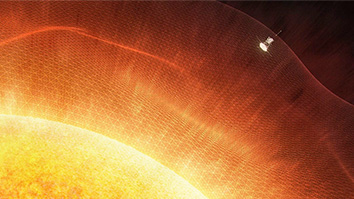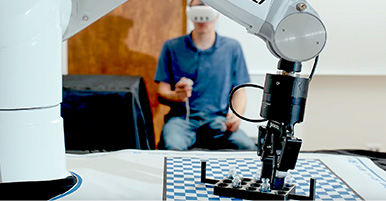Citation
Zhang, L., Pejaković, D. A., Geng, B., & Marschall, J. (2011). Surface modification of highly oriented pyrolytic graphite by reaction with atomic nitrogen at high temperatures. Applied surface science, 257(13), 5647-5656.
Abstract
Dry etching of {0 0 0 1} basal planes of highly oriented pyrolytic graphite (HOPG) using active nitridation by nitrogen atoms was investigated at low pressures and high temperatures. The etching process produces channels at grain boundaries and pits whose shapes depend on the reaction temperature. For temperatures below 600 °C, the majority of pits are nearly circular, with a small fraction of hexagonal pits with rounded edges. For temperatures above 600 °C, the pits are almost exclusively hexagonal with straight edges. The Raman spectra of samples etched at 1000 °C show the D mode near 1360 cm−1, which is absent in pristine HOPG. For deep hexagonal pits that penetrate many graphene layers, neither the surface number density of pits nor the width of pit size distribution changes substantially with the nitridation time, suggesting that these pits are initiated at a fixed number of extended defects intersecting {0 0 0 1} planes. Shallow pits that penetrate 1–2 graphene layers have a wide size distribution, which suggests that these pits are initiated on pristine graphene surfaces from lattice vacancies continually formed by N atoms. A similar wide size distribution of shallow hexagonal pits is observed in an n-layer graphene sample after N-atom etching.
Research highlights
► Highly oriented pyrolytic graphite etched by N atoms at temperatures 500–1000 °C.
► Hexagonal etch pits are observed, indicating anisotropic etching.
► Shallow and deep etch pits are formed via different mechanisms.


